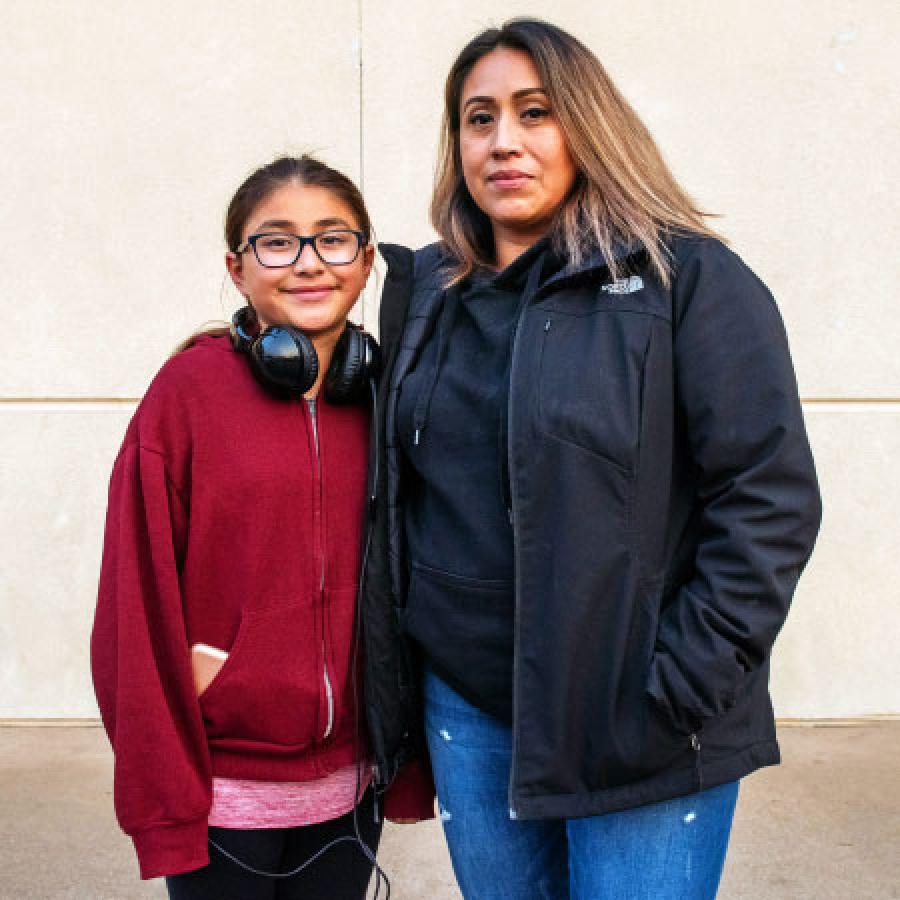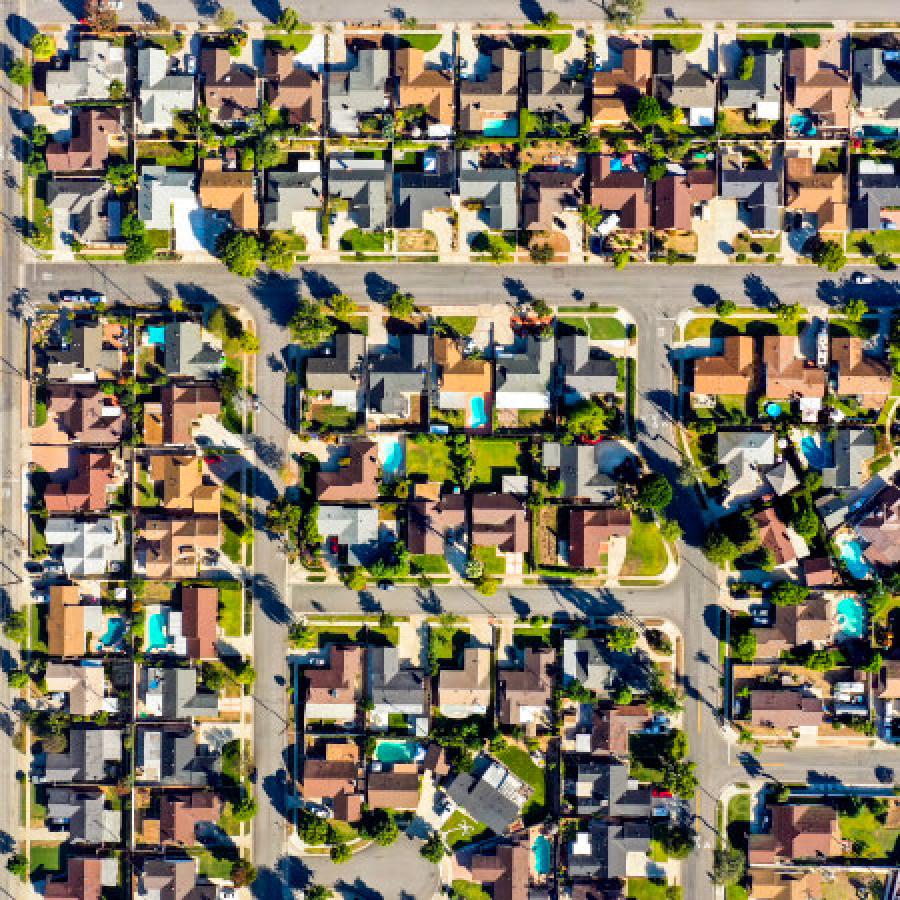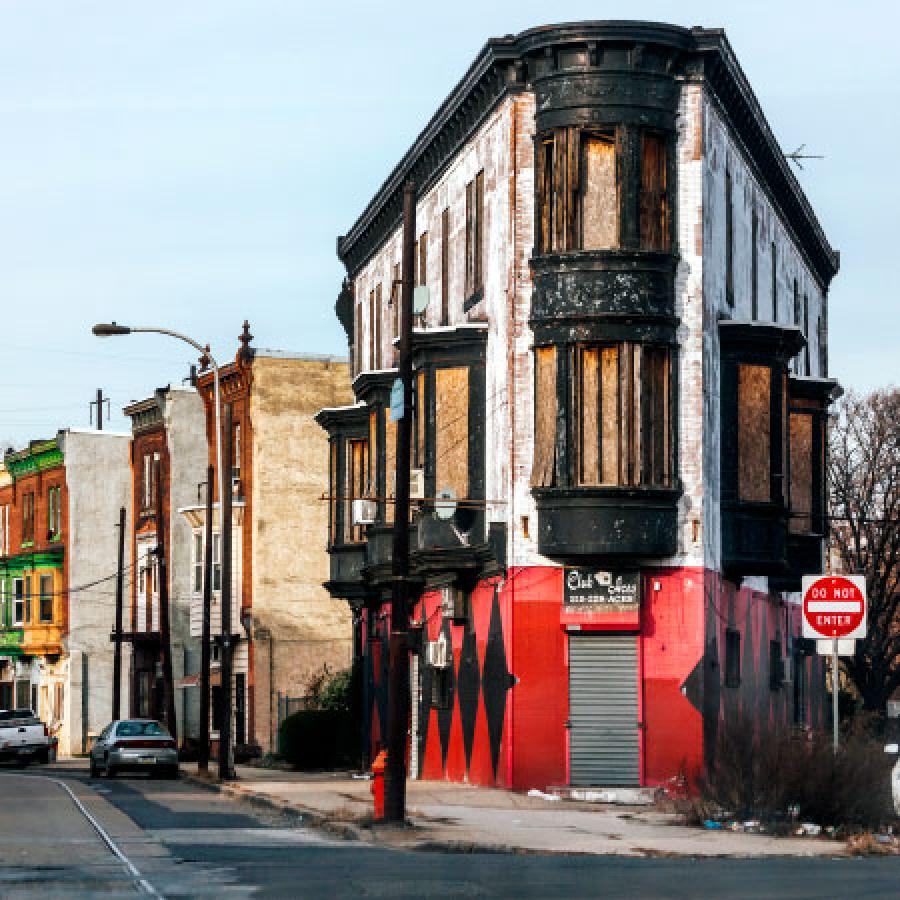National Equity Atlas indicators track how communities are doing on key measures of inclusive prosperity. We define an equitable community as one where all residents — regardless of their race, nativity, gender, or zip code — are fully able to participate in the community’s economic vitality, contribute to its readiness for the future, and connect to its assets and resources. Our indicators track change over time, are comparable across geographies, and are disaggregated by race and other demographics as much as possible.
Rising diversity is a tremendous asset — if communities of color and immigrants can access the resources and opportunities that everyone needs to thrive.
The country’s demography is changing — and our economic future hinges on how we respond to these changes. By 2045, demographers project that a diversity of people of color will be the majority of the US population. Dismantling structural racism and advancing equity — just and fair inclusion — is already an urgent moral and economic imperative that will only grow in importance as our population grows more diverse.
Demographic indicators examine how communities are changing in terms of race, ethnicity, nativity, and age; which groups are driving growth and change; and the projected racial/ethnic composition in 2050.
Ensuring people of color and all working-class people can participate and prosper is critical to thriving communities and strong, resilient economies.
In an equitable economy, there would be no racial wealth gap and all people of color and working-class people would have good jobs, dignified and rising standards of living, and equal voice, power, and ownership. Today, a host of structural barriers — from continued discrimination in the labor market to predatory financial practices to stagnant and inequitable wages, and more — prevent people of color from getting ahead and contribute to racial inequities in employment, income, and wealth. As the nation becomes more diverse, the costs of economic injustice will grow.
Economic vitality indicators examine whether all people regardless of race, gender, or nativity can access high-quality jobs, economic security, rising incomes, and entrepreneurship and homeownership opportunities. They also measure income inequality and job and wage growth in relation to overall economic growth.
For communities to succeed, they must do a better job of equipping their Black, Indigenous, people of color, and immigrant residents with the education and supports needed for health and economic success in today’s economy — and tomorrow’s.
The ability to live a long, healthy life and receive a quality education that prepares one for lifelong success is foundational to building strong and thriving communities. And in a changing economy driven by knowledge and technology, jobs require increasing technical and critical thinking skills. Yet, our systems for education, health, and human development are not adequately serving Black and brown youth and communities. Ensuring that youth of color can attend quality schools and that people of color of all ages live in neighborhoods with access to healthy food, clean air, and safe streets is critical to closing racial gaps in educational attainment and health.
Readiness indicators examine the extent to which young people can connect to education and employment, economic segregation in schools, air pollution, educational attainment, and life expectancy.
All residents need access to affordable housing, transportation, and the other essential ingredients needed to live healthy and productive lives.
If regions were equitable, all residents – regardless of their race, ethnicity, or address – would have the resources and opportunities necessary to fully participate in economic, social, and political life. But decades of racist and inequitable policies from redlining to exclusionary zoning have left America’s metropolitan regions highly segregated by race and income. While some neighborhoods are home to good schools, safe streets, services, parks, and other crucial ingredients for economic success, many neighborhoods that are affordable to people of color suffer from massive disinvestment and lack these basic elements – or they are gentrifying and placing existing residents at risk of displacement.
Connectedness indicators measure who can live in low-poverty neighborhoods, and access affordable housing, transportation, and job opportunities.
Racial and economic equity is the path to a prosperous and resilient new economy.
Economists, business leaders, and elected officials increasingly recognize that racial and economic inclusion are the drivers of sustained economic growth. To build a strong next economy, leaders in the private and public sectors need to invest in creating good jobs, increasing human capabilities, and expanding opportunities for everyone to participate and prosper. Equity will make America stronger.
Economic benefits of equity indicators quantify the GDP and income gains of racial inclusion in the broader economy as well as the potential economic gains of eliminating rent burdens.




























